Yoga Statistics: Are you in the 26%?
“We see in order to move; we move in order to see.”
― William Gibson
I found some interesting statistics on yoga. You can see the full infographic on the blog. Here are a few gems:
Yoga was the most commonly used complementary health practice among US adults in 2017.
75% of yoga practitioners also take part in other kinds of exercise including running, cycling, and group sports.
56% say they started yoga for stress relief.
40% say that [yoga] motivates them to eat healthy.
Here’s why I love these statistics.
Yoga is being used as a health and wellness practice. It’s a way to improve overall wellbeing.
It’s serving as a complement to other movement modalities. This is good because when yoga is your be-all-end-all… that’s a lot of pressure. And let’s not forget that variety is the spice of life. I appreciate yoga most when I’m doing other things like walking, hiking, and strength training.
Yoga is being used for stress reduction. Yoga has built-in techniques for regulating the nervous system. You can greatly enhance the mental/emotional benefits when you know what to look for.
The statistic on eating healthy is a byproduct of increased self awareness and discernment. When your inner awareness expands, it touches all areas of your life: relationships, communication, focus, quality of work, and sleep, just to name a few.
Now here’s a very disappointing statistic: 74% of US yogis have been practicing for less than five years.
This means only 26% have a practice for more than 5 years. This is not good. Because 5 years is a critical threshold. It’s like relationships. You’re in a honeymoon phase for about 6 months - 2 years. From years 2-5 you’re really growing, evolving, and wrestling with “stuff”. If you can make it over that 5 year hump, past the 7 year itch, then…. then… a whole new cycle of growth and transformation begins.
I clearly see this 5-7 year cycle in my practice.
Years 1 and 2, I was a yoga baby, wandering aimlessly and trying everything.
Then for a little over 5 years, I was entrenched in Anusara.
After that, there was a “gap year” of exploring and experimenting.
Then, my love affair with Astanga began. We spent 5 intense years together.
And the last few years have been dancing with Shadow Yoga, SATYA, subtle body work, Jyotisha, and more time in meditation, mantra, and breathwork practice.
During certain moments and transitions, I have felt lost, confused, and conflicted. If I did not remain flexible with my perspective, I probably would have quit or “lost” my practice. Which is an interesting question. Why do people “lose” their practice? It has less to do with discipline and devotion than you might think. Here are common and very understandable reasons:
Life changes - new baby, relationship, or job - these compress time.
Illness, Injury or Loss - these can make it physically and/or emotionally challenging to practice. You’re raw, exposed, broken open. AND these seasons have tremendous potential for healing and radical transformation.
Loss of proximity to a studio or teacher - you move, your teacher moves, or class times change. Then you can’t find a teacher, studio, or practice that you enjoy as much.
I’ve experienced all of these. And each time, my practice has become more resilient. The secret to “keeping” your practice is simple: allow it to have a life of its own. Allow the practice to keep and guide you.
The benefits are clear: yoga is a powerful health and wellness routine. It’s a supplement and complement to other movement activities. The practice builds inner strength and resilience. It enhances self-awareness.
When we clearly see it’s so good for us, why is it hard to keep it going? Not for lack of love or even lack of time and space. Usually the missing ingredient is knowledge. The knowledge to make your practice flex, clarity on philosophy so the practice extends off the mat, an understanding of functional anatomy so you can work with illness and injuries. This type of knowledge creates confidence and trust in the longevity and sustainability of your practice.
This is what Inner Sanctuary is designed to do. To help you build a solid and sustainable foundation for a life of practice. During the 12-week Immersion, yoga becomes a way of being and seeing. You cultivate your inner listening, inner knowing, and unleash creativity. There are just 3 spots left in the Fall Immersion. We start on 9/26. If you’re curious about what this could do for you and your practice, schedule a call.
May your practice keep you,
Alison


